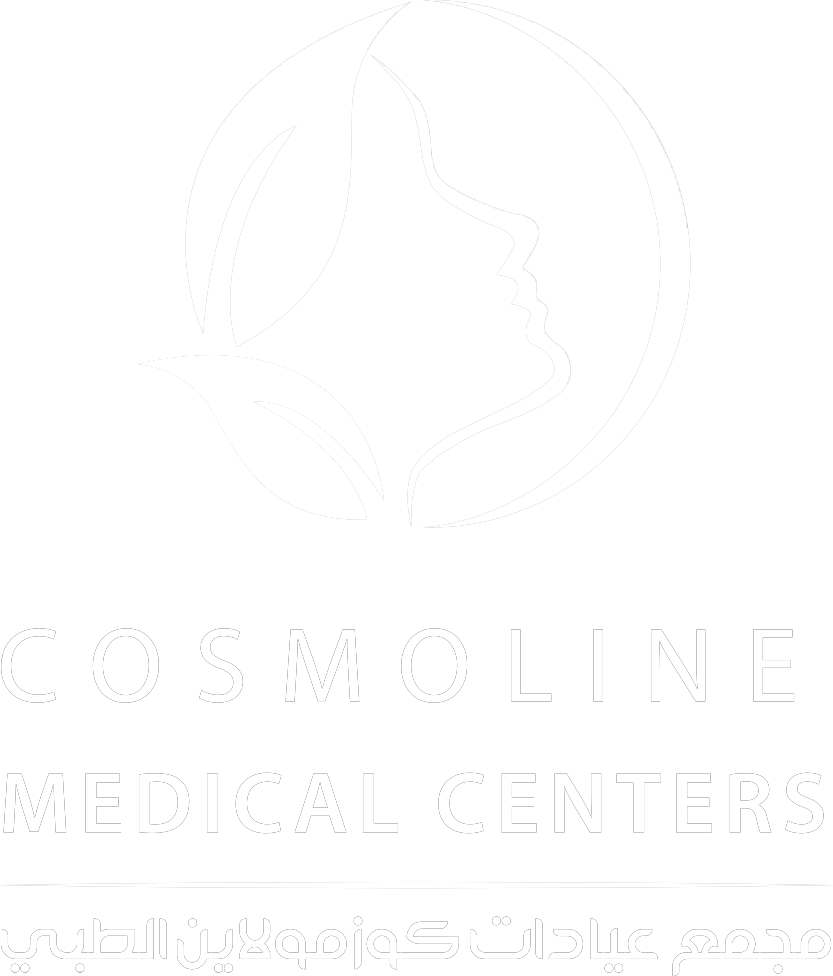dental implants
During the last twenty years, dental implants have become an alternative to other methods of replacing extracted teeth, the success rate with them is excellent, and the multiplicity of options available, which gave the doctor a broader scope for treating and replacing missing teeth.
The dental implant is made of a titanium metal cylinder that replaces the location of the extracted tooth root. After a period of time, other parts are added to the implant, allowing the dentist to put the formula on this implant to replace the location of the extracted tooth.
Implants can support partial and complete removable prostheses that replace the location of a large number of extracted teeth, thus increasing the stability and stability of these mobile devices.
Most patients who have a suitable gingival bone mass can be placed with implants and this varies from person to person. An x-ray or CT scan can be taken of the patient to confirm if he has enough bone to place the implants, as well as to determine the length and type of implants that will be placed.
Benefits of dental implants
When we compare dental implants with fixed bridges and with removable devices supported by teeth or periodontal tissues, we find that implants have the following advantages:
Aesthetically → it is preferable that the implants be placed inside the gums similar to the placement of the natural tooth implanted in the gums, as this gives the implants a natural and cosmetic view compared to other treatment alternatives.
Reducing the absorption of the jaw bone → When you lose or remove a tooth, the bone that was supporting and surrounding that tooth begins to melt and gradually occlude. Placing an implant in this bone after the extraction reduces the speed of absorption of this bone and gives more stability and continuity to this valuable bone.
Stabilization → Patients who have mobile prosthetic devices for all or some teeth know that maintaining the stability of these devices in place is not permanently possible, so dental implants give a great change and support for the stability of these mobile devices for all patients. In some cases, this removable prosthesis can be secured and installed with a set of Implants by a precise procedure capture these prostheses for the implants.
Preserving the natural tissues of the teeth adjacent to the extraction → usually the preferred method to compensate for an extracted tooth is a bridge. This bridge requires additional preparation for the adjacent teeth for extraction until three or four teeth are attached together and this negatively affects the health of your teeth by destroying the tooth structure to create a sufficient distance for the bridge. Affecting adjacent teeth.
Appointment Booking
Please fill out the list below and we will contact you immediately
© 2025 All Rights Reserved Cosmoline Medical Center Jazan. Design By Didea.


